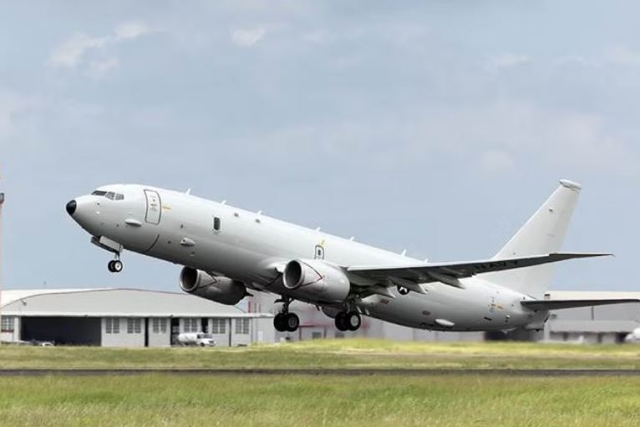Korean Air Force To Acquire 2 more Peace Eye AEW&Cs

South Korean Air Force has considered acquiring two more Peace Eye airborne early warning and control aircraft to better regulate and protect the country's Korean Air Defense Identification Zone from all possible intruders
The E-737s delivers South Korea the ability. The acquisition move will increase the number of E-737s to six, strengthening the country's operational capabilities, Yonhap News Agency reported Sunday.
E-737 gives the Air Force better situational awareness and also control over its aerial assets. Besides it provides air force more capacity to gather signal intelligence. The presence of the planes can act as deterrence against the North which does not have similar platforms.
In the past there had only been speculation about increasing the size of the AEW&C fleet, but it has now been 'confirmed' to be part of the long-term acquisition plan.
Though the procurement deadline was not mentioned, the long-term plans usually take some 5 years to get the necessary budget needed to start the project.
The move follows North Korea's fifth nuclear test on Sept nine and its threat to launch preemptive strikes on South Korea and the US.
The more E-737s the South Korea operates, the more convenient it is for the country to keep these planes flying around the clock, even if they have to undergo regular maintenance.
South Korea received its first Peace Eye in September 2011, with the fourth plane being deployed in October the following year.
The planes are equipped with L-band multi-role electronically scanned array radar. It has been placed on a "dorsal fin" on top of the fuselage that can scan a full 360 degrees and detect upwards of 1,000 airborne targets at once as well as conduct sea searches.
B-737 twin-engine passenger jet can stay aloft for upwards of 10 hours at a time and are particularly effective at detecting low-flying airplanes that may try to penetrate South Korean airspace by taking advantage of the Korean Peninsula's mountainous terrain.
Already apart from South Korea, Australia and Turkey are using the E-737 as an early warning, aircraft control and battlefield management platform.













